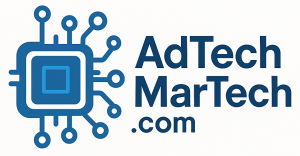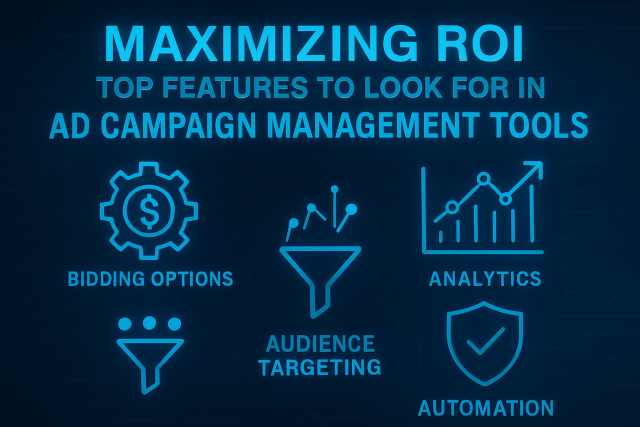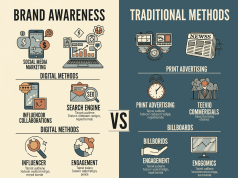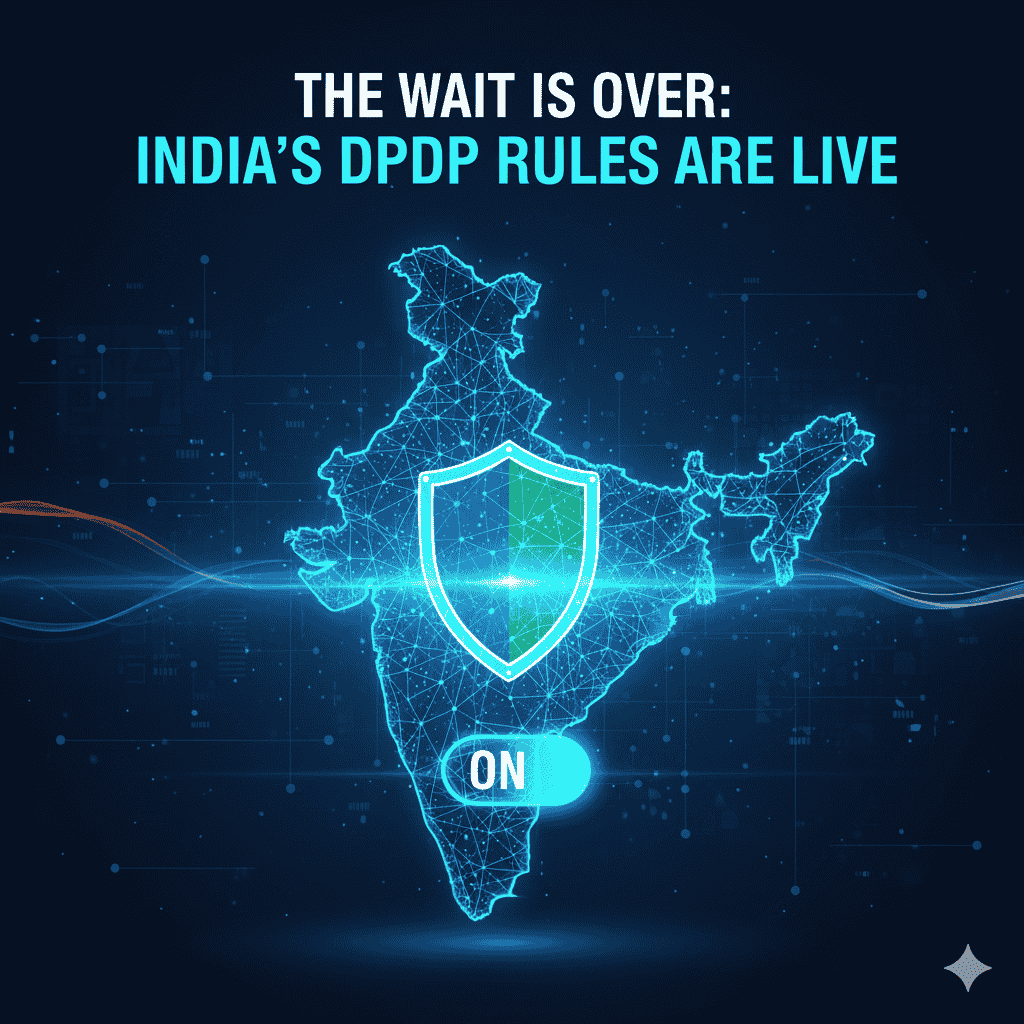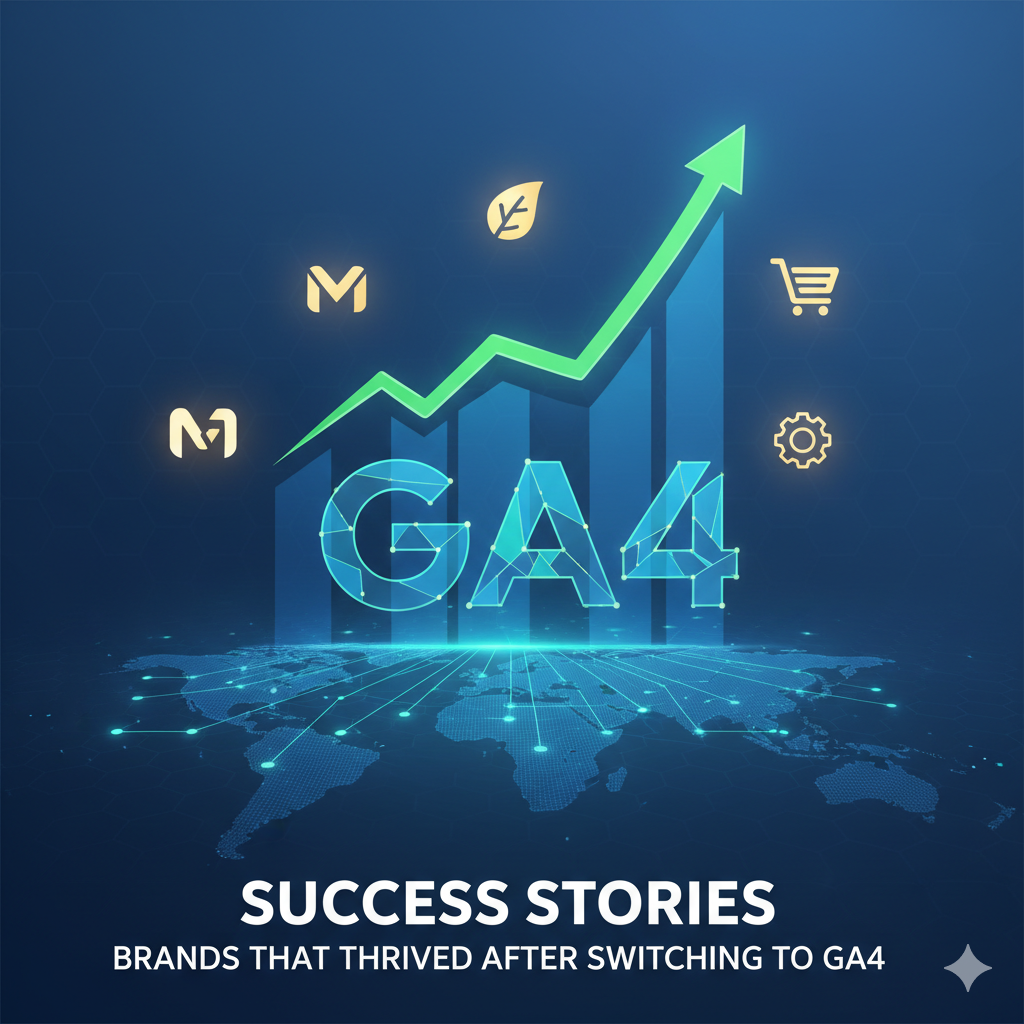In the ever-evolving landscape of digital marketing, ad campaign management tools play a crucial role in maximizing return on investment (ROI). As businesses funnel resources into advertising, the need for effective tools becomes paramount. Here’s a guide to the top features to consider when selecting an ad campaign management tool to ensure your investment pays off.
1. Comprehensive Analytics and Reporting
One of the cornerstones of effective ad management is robust analytics. Look for tools that offer:
- Real-Time Data Tracking: Access to current performance metrics allows for immediate adjustments.
- Customizable Dashboards: Tailor your reporting views to focus on the KPIs that matter most to your business.
- Attribution Models: Understand how different channels contribute to conversions, enabling a clearer picture of ROI.
Why It Matters:
Effective analytics enable informed decision-making and facilitate optimization. The ability to visualize data can highlight patterns and opportunities, guiding strategy adjustments.
2. Automated Optimization Features
Automation is a valuable asset in today’s fast-paced marketing environment. Choose tools that provide:
- AI-Driven Recommendations: Algorithms that analyze past performance can suggest optimal bidding strategies and audience targeting.
- A/B Testing: Tools that simplify the process of testing different ad variations can significantly enhance performance.
- Scheduled Posting: Automate the timing of your ads based on audience engagement patterns.
Why It Matters:
Automation minimizes manual effort and maximizes efficiency, allowing marketers to focus on strategy rather than repetitive tasks.
3. Multi-Channel Management
In a multi-channel marketing world, your ad campaign management tool should support various platforms, such as:
- Social Media Integration: Ensure compatibility with major platforms like Facebook, Instagram, LinkedIn, and Twitter.
- Search Engine Marketing: Tools should facilitate seamless management of Google Ads and Bing Ads in one dashboard.
- Email and Display Advertising: Support for email campaigns and display ads ensures a holistic approach.
Why It Matters:
A unified platform enables a cohesive strategy across multiple channels, enhancing user experience and increasing chances of conversion.
4. Audience Targeting and Segmentation Options
Successful advertising hinges on reaching the right audience. Look for tools that offer:
- Advanced Targeting Features: Options for behavioral, demographic, and interest-based targeting can significantly increase ad relevance.
- Custom Audiences: Importing customer lists or using pixel data can help tailor campaigns to specific segments.
- Lookalike Audiences: Utilize existing customer data to find new users with similar behaviors and interests.
Why It Matters:
Targeting the right audience ensures that marketing messages resonate, leading to higher engagement and conversion rates.
5. Budget Management and Bid Strategies
Budgeting and bidding directly affect ROI. Choose tools that incorporate:
- Flexible Budgeting Options: Set daily, weekly, or campaign-specific budgets that can be easily adjusted.
- Bid Automation: Tools that adjust bids based on performance data help maximize ad spend efficiency.
- Spending Alerts: Notifications when budgets approach limits can prevent overspending.
Why It Matters:
Effective budget management ensures that every dollar spent is accountable, maximizing impact and minimizing waste.
6. Collaboration and Team Features
Marketing is often a team effort, and collaboration tools can streamline workflows. Look for features such as:
- User Roles and Permissions: Define user access levels to protect sensitive data while allowing collaboration.
- Commenting and Feedback Tools: Enable team members to provide feedback directly within the platform.
- Integration with Project Management Tools: Syncing with platforms like Asana or Trello can enhance collaboration further.
Why It Matters:
Enhanced collaboration fosters creativity and efficiency, leading to more innovative ad campaigns.
7. Customer Support and Resources
Finally, consider the level of support offered by the tool. Key components include:
- 24/7 Customer Support: Access to assistance whenever issues arise is crucial for timely resolution.
- Educational Resources: Webinars, guides, and tutorials can help teams leverage the tool’s full potential.
- Community Access: Engage with other users to share tips, strategies, and experiences.
Why It Matters:
Strong support can vastly improve the user experience, ensuring you maximize the capabilities of the tool.
Conclusion
Investing in ad campaign management tools is essential for businesses aiming to maximize ROI. By focusing on features such as comprehensive analytics, automation, multi-channel management, and robust audience targeting, marketers can make informed decisions that lead to improved campaign performance. Investing time in selecting the right tools not only enhances efficiency but can ultimately drive significant returns, proving that in the world of digital advertising, the right tools make all the difference.
